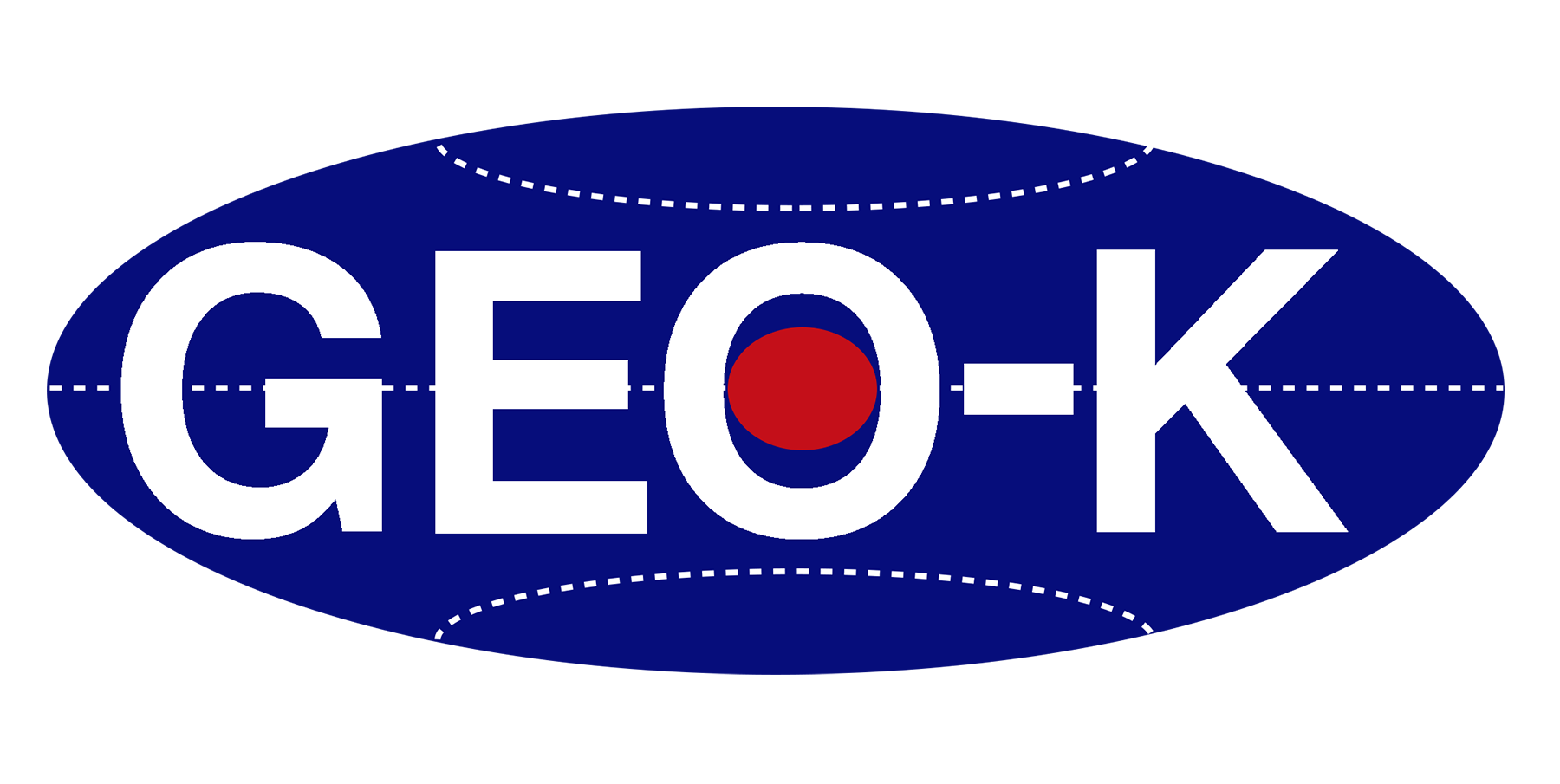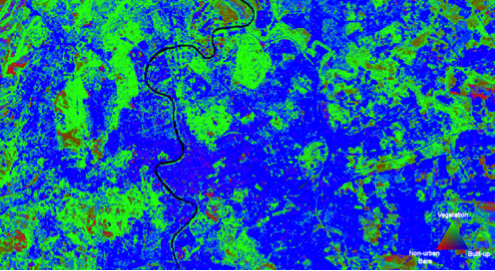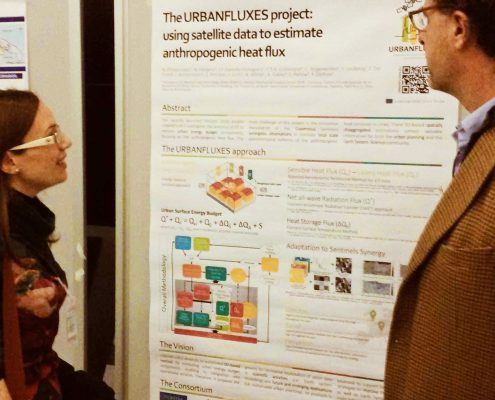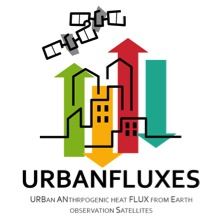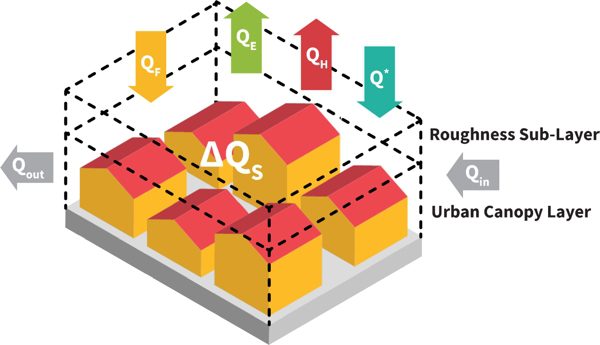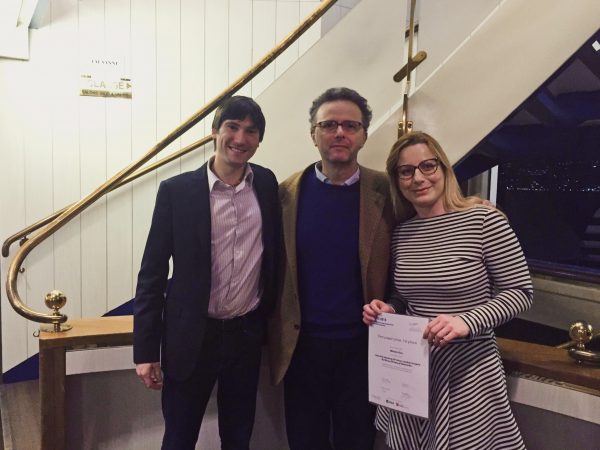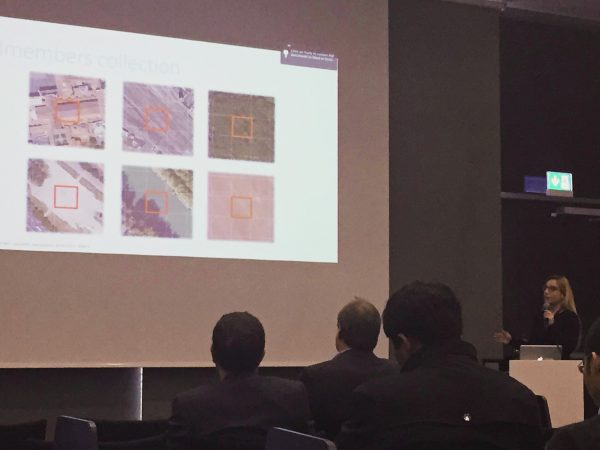Thales Alenia Space Italia chooses GEO-K technology for SAR data analysis
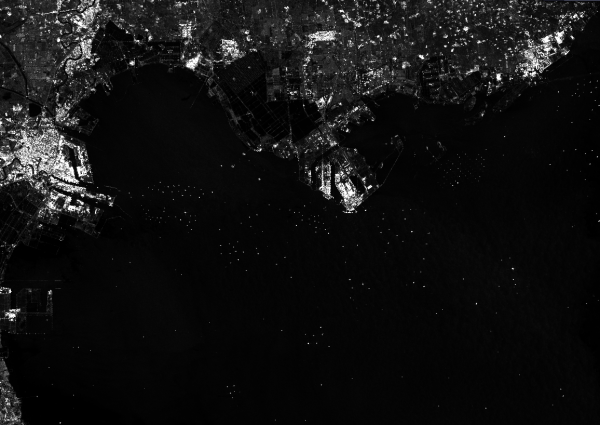
Thales Alenia Space Italia chooses GEO-K to realize new platforms for COSMO-SkyMed SAR data analysis.
The agreement signed on 22 March 2016 requires the creation of a first suite for automatic analysis application for oil spills, ship survey, coastline extraction and land cover classification. All of this will be detected by neural network technology developed by GEO-K over the past years.
Both GEO-K and TAS-I wish the just-signed agreement may be renewed in view of new potential available with COSMO Second Generation Data.
